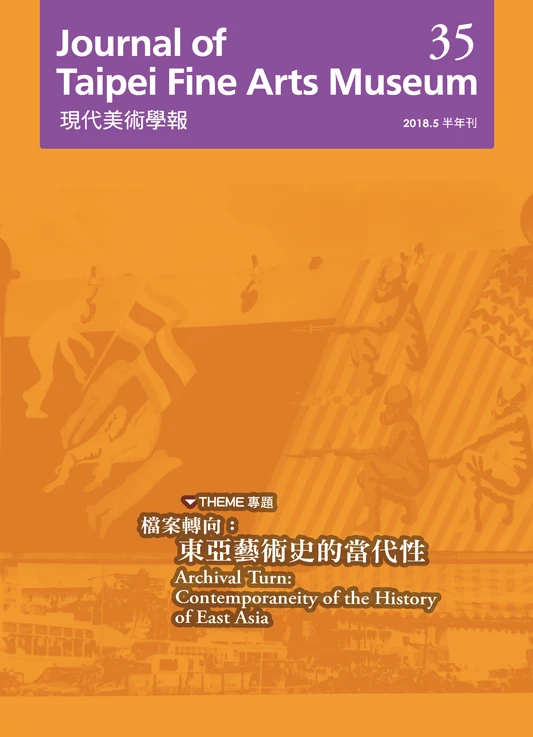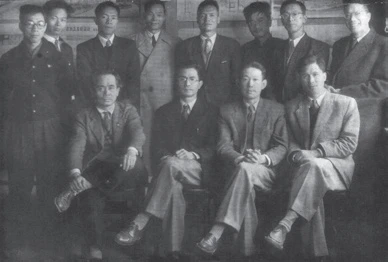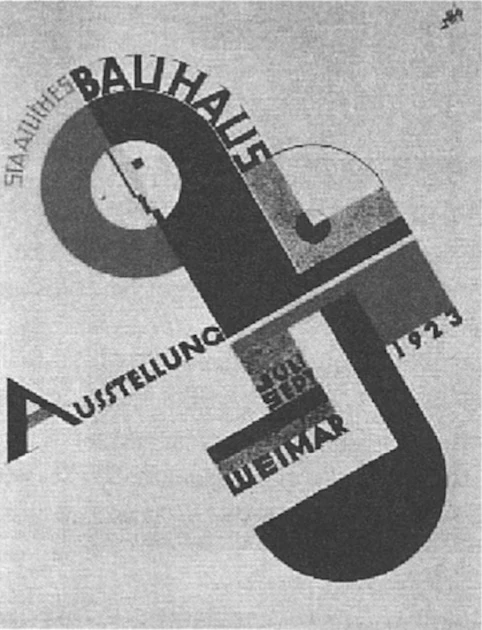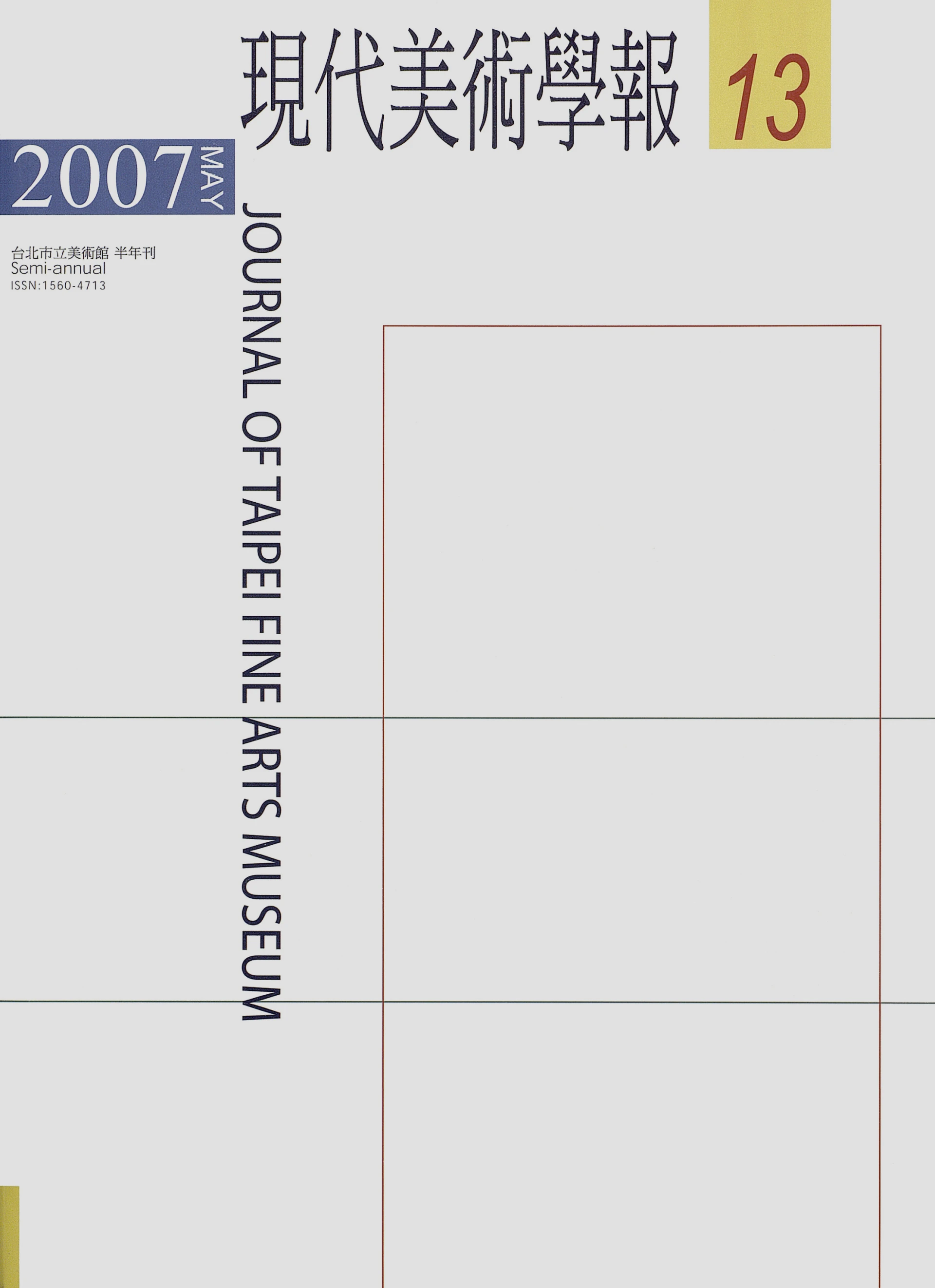摘要
法國著名的文藝復興藝術史學家丹尼爾.阿哈斯(Daniel Arasse),對於繪畫的詮釋有其獨到的見解。其中最大的特色是他的研究很大程度是建立在一個假設之上:文藝復興的繪畫承載了從記憶體系到修辭體系的過渡。事實上,阿哈斯的假設起源於法蘭西絲.葉茲(Frances A. Yate)的《記憶之術》(The Art of Memory)。本文因此嘗試透過葉茲的文本所描述的記憶術之基本原則與歷史傳統,揭示阿哈斯如何藉之提出假設與論證。從而分析並且比較阿哈斯如何在此基礎上解讀文藝復興繪畫,以及闡釋德國當代藝術家安塞爾姆.基弗(Anselm Kiefer)的當代藝術。
關鍵詞
記憶術、丹尼爾.阿哈斯、繪畫、場所、圖像
Abstract
The famous French Renaissance art historian Daniel Arasse has his own unique insights into the interpretation of painting. One of the his most specialised aspects is that his research is largely based on a hypothesis: Renaissance painting carries us through the transition from the memory to the rhetoric. In fact, Arasse's hypothesis originated from Francis A Yate's The Art of Memory. This article therefore attempts to use the basic principles and historical traditions of the mnemonics described in Yate's text to reveal how Arasse used it to formulate his hypotheses and arguments to analyze and compare how Arasse interprets Renaissance painting, as well as interprets the works by contemporary German artist Anselm Kiefer.
Keywords
mnemotechnics, Daniel Arasse, painting, loci, imagine






